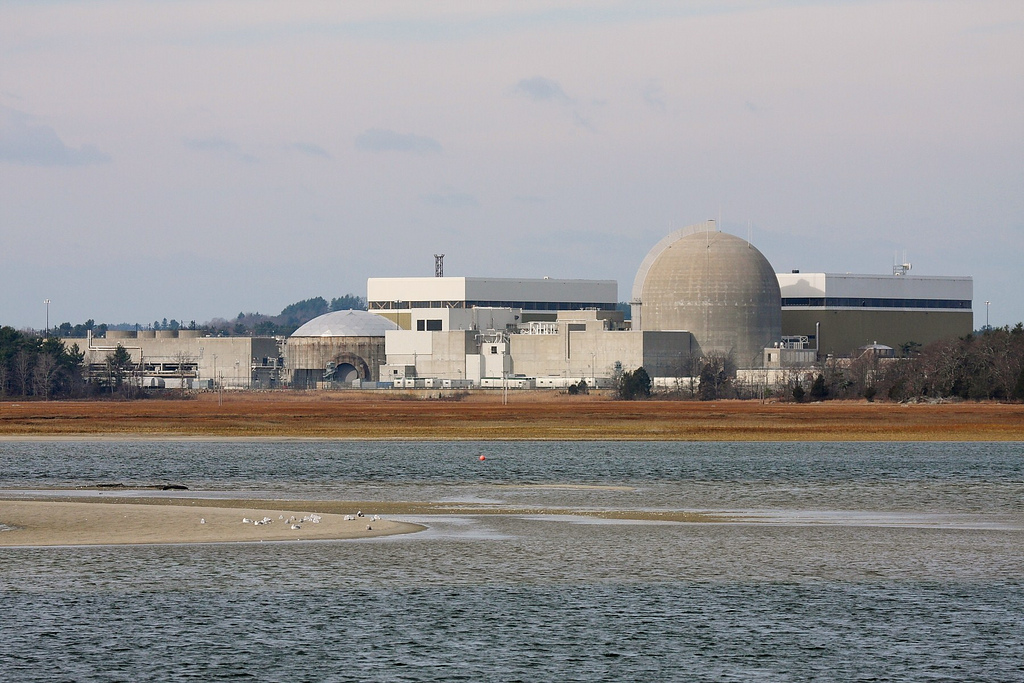In response to the City Council’s proposed ordinance change aimed at removing the Historic District Commission’s power to review proposed solar arrays and the Portsmouth Herald’s recent article “Portsmouth dispute over right to reject solar panels in historic district heats up” let’s take a critical look at the underlying assumption which is driving the proposed rule change – mitigating “climate change”.
The article opened by stating that City Councilors Denton and Blalock, along with other residents, believe solar arrays should be allowed in the historic district as a way to help address the environmental challenges Portsmouth is facing because of climate change.
“I think now is the time to start acting on this climate change,” Blalock said, making an appeal for less use of fossil fuels by making it easier for residents to convert to solar power.
Later in the article Joan Jacobs of Sagamore Avenue said “I believe the City Council should do whatever it can to encourage installation of solar panels in homes, city properties, and local businesses,” she said. “Clean energy will help lower greenhouse gases in our locality.”
Such statements show a stunning lack of understanding as to how electricity is generated and where it comes from. Let’s examine the two key claims:
- Will solar panels in the Portsmouth Historic District reduce greenhouse gases in our locality?
- Do more solar panels mean that we could burn less fossil fuel and generate less power?
The answer both is a resounding NO. First, let’s look at where the power for Portsmouth comes. Power is fungible, so it’s impossible to give a precise answer, but according to the U.S. Energy Information Administration (yes, there is such a thing), our power comes primarily from the Seabrook Nuclear Power plant, which emits ZERO greenhouse gases. You read that right, ZERO. Seabrook provides a staggering THREE-FIFTHS of New Hampshire’s power. The rest is primarily sourced by natural gas, the next cleanest source known to humanity.
Seabrook Nuclear Plant provides 3/5 of all power to New Hampshire
Yet our City Councilors and countless uninformed citizens are shrieking that we must do something — as if there is a dirty coal plant just over Portsmouth’s border which could be shut down if only solar panels were allowed in the historic district, and as if adding solar panels would make any difference even if such a dirty power plant existed, which it does not.
In reality, there are no emissions to offset, and solar panels make no difference on the amount of electricity that is generated. This whole thing is stupid, and threatens the character of the historic district for no scientific reason, only emotional ones.
I can hear you asking yourself “but won’t more solar panels mean we’ll burn less natural gas for the power that is not supplied by Seabrook”? No, it won’t. You see, electrical power plants basically have two settings—on and off. You can’t turn them up or down like you can with an ceiling fan. The plant is either generating power or it is not. A power plant may have individual turbines that can be turned on or off, but those are gross settings, not precise ones, and it is rarely done because each turbine costs hundreds of millions of dollars apiece.
The plants that burn natural gas for New Hampshire are NEVER turned off, and they will never be turned off until they are decommissioned sometime far in the future. A plant operator can spin up one turbine so that another can be shut down for maintenance, for example, and it could conceivably keep a turbine in reserve for peak periods, but even if the entire City of Portsmouth had a solar panel on every roof, such that we drew NO POWER from the grid whatsoever, such a herculean effort would not offset a single turbine at a natural gas powered power plant, which may be running dozens of turbines, depending on their individual capacity.
In fact, all the households in Portsmouth combined do not consume even half a turbine, even if you assume that all our power comes from natural gas, which it does not, and further assuming that it is generated by one of the smallest available turbines generating a “mere” 5.7 MW, 10,000 households, and a typical household consumption of 615 kWh/month. (*see calculation following article). I note that Baker Hughes makes turbines which range in capacity from 5.7 MW to a whopping 130 MW… all from a single turbine!
A 130 MW turbine is either generating 130 MW or it is not. There is no in between. It does not matter if one or 1,000 of the houses connected to it has a solar panel, its output is 130 MW.
The scale of these things is very hard to imagine. Unless every house in Portsmouth also had a massive battery pack sufficient to power the house through the night, during snowstorms and other inclement weather, the power plants would still have to run when the sun doesn’t shine, which happens a LOT, and this is not technically possible—you don’t just turn these things on and off. Without getting too technical, among the many complications is that when a plant starts up all that power HAS TO go somewhere. They don’t start up on a dime, and it takes teams of engineers to pull it off such a feat, in coordination with teams of grid operators.

The massive size of GE’s 7HA.03 gas turbine is evident in this photo from earlier this year. The unit dwarfs the person at the lower right. Courtesy: GE Gas Power
Conclusion
In short, the notion that putting solar panels on roofs in the historic district will make any difference to the planet or to our local air quality at all is based on feelings. They only thing solar panels affect is your personal electric bill by reducing your allocation of the FIXED cost of running power plants that never shut down. Three-fifths of our power comes from zero-emission nuclear, and rest comes from clean natural gas plants that will run continually until they are retired—and Portsmouth only uses a fraction of a single turbine at that.
There is absolutely no reason whatsoever to allow solar panels in the Portsmouth Historic District, except to make the ignorant feel good.
* Assuming that the average household consumes 615 kWh per month times 10,000 households is 6,150,000 kWh or 6,150 MWh or a continuous output of approximately 2,125 kW.
Therefore, approximately 0.373 (less than half) of a 5.7 MW turbines would be required to meet the monthly energy needs of 10,000 households, assuming an average consumption of 615 kWh per household per month. Keep in mind that this is an estimate-- the actual number of turbines needed may vary based on factors such as turbine size, efficiency, transmission losses, and variations in household energy consumption patterns. It doesn't account for Portsmouth's businesses, only households.
Featured image By Jim Richmond – IMG_1561a Uploaded by ChNPP, CC BY-SA 2.0, https://commons.wikimedia.org/w/index.php?curid=15172379











